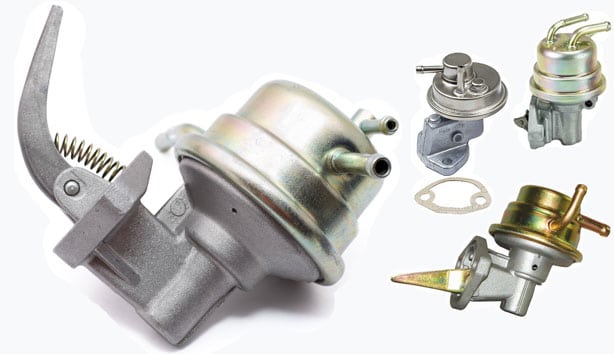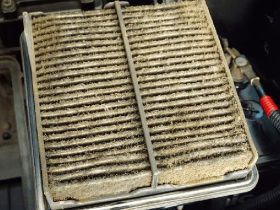What is the difference (in terms of symptoms) between a bad fuel pump and a bad fuel pressure regulator?
The answer is difficult, since the symptoms are going to be very similar. In fact, these two work in tandem, so when something goes wrong with one, it may cause problems with or seem to be a problem with the other. The fuel pump pulls fuel from the tank and sends it to the engine, where the regulator determines how much is used.
The first step in diagnosing whether the pump or regulator is to blame for your fuel delivery problems is to isolate them individually for testing. To start, make sure the problem is fuel delivery by checking fuel pressure at the rail. You’ll need a pressure gauge, usually made specifically for this job, and to use it while the engine is running. If you are not sure how to use a fuel pressure gauge, find a mechanic who does because it can be dangerous if not done properly.
Once the gauge is in place and you have an idling pressure. Many mechanics also like to get average pressures from a few RPM levels. Once you have your average(s), you can test the regulator.
Do this by simply unplugging it from the wiring harness and disconnecting the vacuum hose that comes into it. The fuel pressure should rise above your average at idle. If it does, your regulator is probably fine.
This means the problems are likely in your fuel pump, assuming there are no blockages in the line. To test for that, put the fuel pressure gauge on the line just after the pump, the closer the better. Now start the vehicle and once again get an average. If it is below specification, your pump is faulty. If not, there is likely a blockage in the line.






